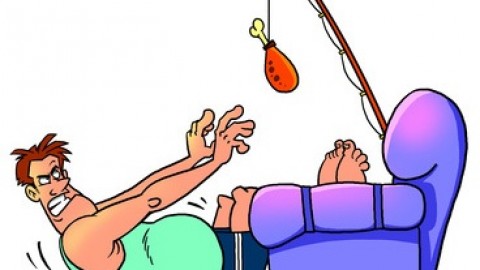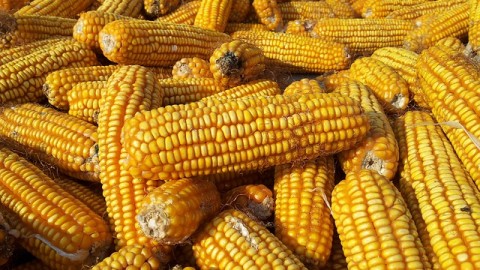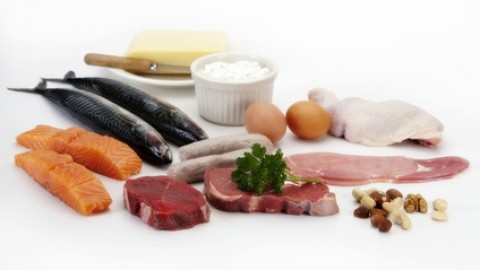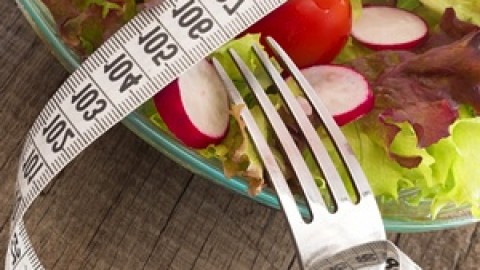A new book reveals how and where sugars are hidden in your diet, and provides practical tips on how to wean yourself from this pernicious ingredient that will decimate your health. Once you break free from sugar cravings, you’ll experience newfound energy and clarity of mind. To get there, you need to retrain your body to burn fat as its primary form of fuel instead of sugar.
Symptoms of a “high-sugar impact” diet includes gas, bloating, joint pain, headaches, fatigue, inability to lose weight or weight loss resistance, and sugar cravings. By taking inventory of your high-sugar impact symptoms, while tracking your waist, hip, and weight, you get a clearer picture of how sugar impacts your body
Whether the sugar comes in the form of a muffin, a fruit juice-sweetened yogurt, or a smoothie, it’s all the same thing to your body. “Food is information,” she says. And she’s right.
Once you break free from your body’s constant need for yet another sugar fix (remember, sugar is more addictive than cocaine!), you’ll experience great levels of newfound energy and clarity of mind. But in order to get there, you need to retrain your body to burn fat as its primary form of fuel instead of sugar. There’s got to be a transition period, where you go from sugar burner to getting your body to be able to start to burn fat again. You have to taper down from where your starting point is of things you would never think about (like sundried tomatoes and marinara sauce) that we’re just using like crazy not realizing how much sugar this is actually adding into our food.
The Sugar Impact Scales: A New Way of Looking at Sugar
As an initial step, you’ll want to weigh yourself and measure your waist-to-hip ratio, to determine your starting point. Next, you do an initial inventory of all the hidden sugars in your diet. This means reading the labels on all the foods you eat, including items you might never expect to contain sugar, such as that jar of pickles, condiments, sauces, and marinades, and so on. It looks at fructose grams, glycemic load, nutrient density, and fiber. Bad are fructose and glycemic load; good are nutrient density and fiber.
Depending on where the food falls, it can either be low, medium, or high-sugar impact. The reason this was so important to me is I keep looking at programs out there, and they either focus on fructose… glycemic index, or glycemic load. That can be very confusing because it makes things like agave sweetener look great. It makes milk look great… People go, ‘We should have fructose because fructose is low on the glycemic index.’
The difference between fructose and glucose is fructose doesn’t trigger the whole insulin response. Because of that, it doesn’t trigger insulin, leptin, or ghrelin, so it doesn’t tell your body you ate anything. Instead, it just goes to the liver. If there’s no room for it to become glycogen… it starts becoming fat. You look at that and you go, ‘Okay, food is information. What does fructose say?’ It says, ‘Hey, make fat but don’t tell us we ate. Stay hungry.
So what are the basic symptoms of having high-sugar impact? Gas and bloating are common, as sugar feeds yeast, fungi, and detrimental bacteria in your gut. Other symptoms include joint pain, headaches, fatigue, inability to lose weight or weight loss resistance, and sugar cravings.
By grading yourself on those and other symptoms, while tracking your waist, hip, and weight, you’ll get a clearer picture of how sugar impacts your body, and your progress in terms of retraining your body to burn fat instead of sugar as its primary fuel.
Bob Pearey is a Certified Nutritionist, Holistic Health Practitioner, and corrective exercise specialist. I can be reached at 310-686-3016 or e-mail rpearey@yahoo.com













